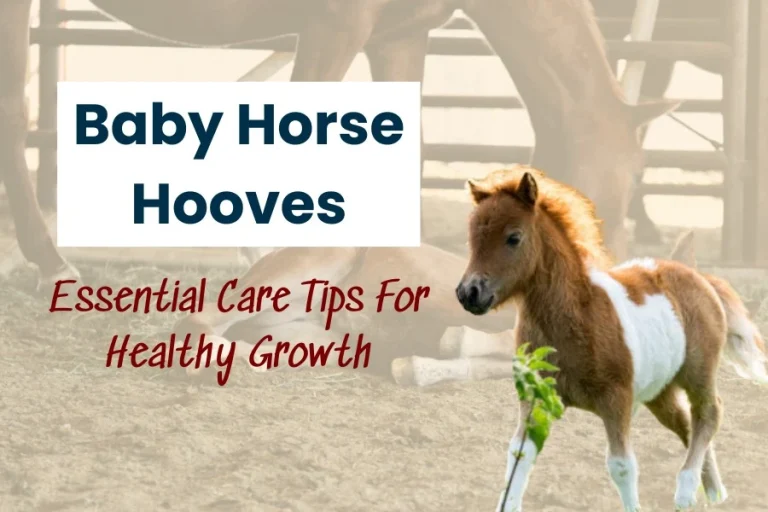From Conception to Birth: How Long Are Horses Pregnant For?
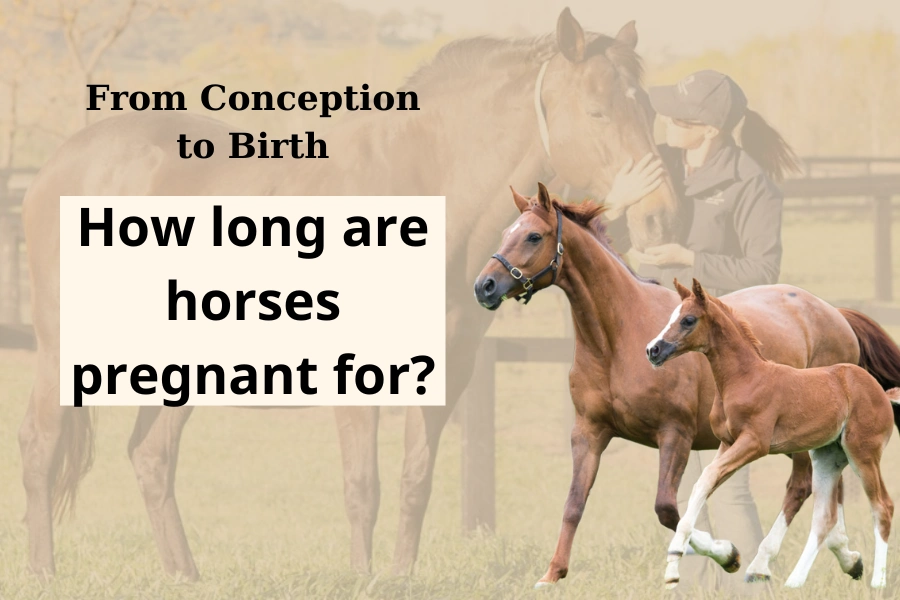
Pregnancy is a difficult but extremely magical process for both humans and animals. When you see the image of a cute foal gathering with its mother, have you ever wondered, “How long are horses pregnant for?” or ”How does their pregnancy and childbirth process take place?”
If you are a breeder, mastering knowledge about horse reproduction is extremely important. This not only helps you satisfy your curiosity but also helps you take care of your horses in the most effective way. Let’s discover interesting secrets about the pregnancy process of horses.
How Long Are Horses Pregnant For?
As one of the largest ungulates, the pregnancy of horses has many distinct characteristics, especially in terms of gestation period. So how long are horses pregnant for? The answer is that horses are pregnant for about 11 months, a quite long time compared to many other mammals. For example, dogs are about 9 weeks pregnant, cats are about 63-65 days pregnant.
The cycle of a mare
Understanding your mare’s cycle is key to successful breeding planning. Because mares are in heat seasonally, they can mate with stallions multiple times at regular times in the cycle. These seasonal estrous cycles occur approximately every three weeks.
Artificial light is used to cause the mare’s brain to secrete the reproductive hormones needed for heat movement. In this way, breeders can promote the breeding cycle, allowing mares to be bred early to produce the next litter.
The fact is mares bred in the first quarter of the year are often pregnant a little longer than expected because the length of pregnancy can also be affected by seasonal effects.
Signs of a pregnant horse
Determining whether a horse is pregnant requires a combination of observation, physical examination, and diagnostic methods.
Here are some common signs and methods used to confirm pregnancy in horses:
Signs and Symptoms
- Increased affection: Pregnant mares may show more affection or less temper.
- Behavioral changes: Some mares become more protective
- Changes in belly shape: The mare’s belly becomes rounder or firmer.
- Nipple development: The breasts may begin to grow and fill with milk as the pregnancy nears its due date.
- Signs of estrus: If the mare does not have an estrous cycle, it may be a sign of pregnancy.
Diagnostic method
- Ultrasound examination: This makes it a sure way of determining pregnancy and the health of the embryo that is developing in the uterus.
- Manual examination: An experienced veterinarian can perform a rectal examination, feeling the pregnant corpus luteum in the mare’s reproductive system.
- Pregnancy test: A blood test can identify certain hormones related to pregnancy.
- Expert assessment: It is very important to be examined by a veterinarian to ensure an accurate diagnosis of the mare’s pregnancy and changes in health during pregnancy.
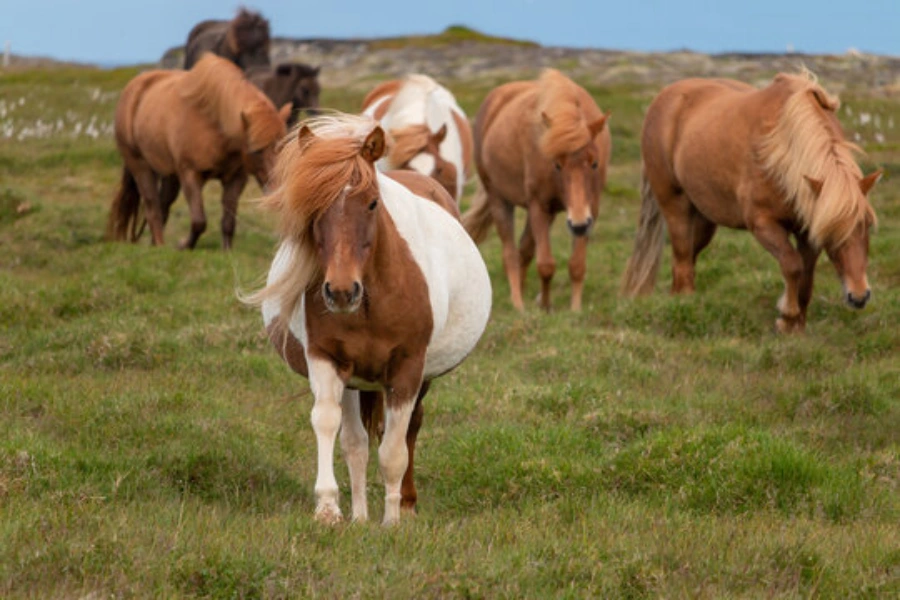
Stages of Pregnancy
To answer exactly “How long are horses pregnant for?”, if calculated in months it would be 10-11 months, and if calculated in days it would be 320-354 days. For long-term horses, the time a mare can get pregnant is once a year.
During pregnancy, a mare goes through 3 trimesters:
First trimester
Starting from conception, you can confirm it within 2 weeks. For about 25 days, the veterinarian can feel the foal’s heartbeat in the womb through an ultrasound machine.
During pregnancy, the appearance of twins in horses is extremely rare. If it is discovered that the mare is pregnant with twins, the doctor will ask the horse breeder to choose to take the healthy embryo and remove the weaker embryo to ensure the health of the mare and foal. After three months, the foal’s shape develops and its gender is determined.
Second trimester
Beginning on day 114 or after 4 months, foals begin to develop rapidly inside the mother’s womb. Therefore, the mother horse will need more nutrition and a better living environment. At the same time, the entire vaccination process will also be carried out during this period.
Third trimester
Day 226 or month 7 will be the mare’s third trimester. During this time, it is necessary to hire a veterinarian so that they can regularly monitor the mare’s health. Additionally, daily exercise and a comfortable, stress-free environment are essential for mares during this period.
Feed For Pregnant Horses
Most importantly, supplying pregnant horses with food needs to be done with a lot of concern to maximize the health of both the mare and the fetal foal.
Here’s a general guideline for feeding pregnant mares:
- The daily menu must include hay to provide horses with the necessary fiber and prevent digestive problems.
- During the last trimester, pregnant mares may require more feed and thus one should feed them foods rich in protein, vitamins, and minerals.
- Make sure the mare has access to clean water to drink as often as possible. This amount of water is important for the health of the mare as well as the development of the foal during the process.
- Always assess the fat level of the mare and feed a suitable diet. Because cases such as overweight or underweight mares can hurt their health.
- To avoid any confusion, you should consult your veterinarian or nutritionist for a suitable feeding plan for your mare.
By following these guidelines and adjusting based on individual needs, you can help ensure a healthy pregnancy and a strong start for the foal.
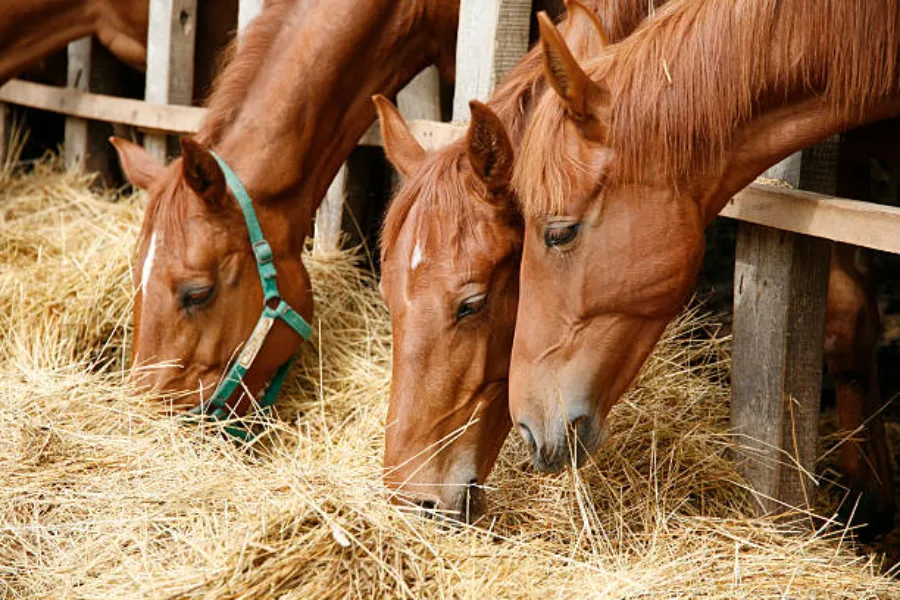
Prepare For The Birth Process
During pregnancy, the mother’s horse body undergoes significant changes to nourish and protect the growing fetus. When the time comes to give birth, the mother horse will go through labor and give birth to a healthy foal. This is a memorable and emotional moment for horse lovers.
Childbirth time
The best time to give birth is within 326-354 days. But if the foal is born before 300 days, its chances of survival are lower. A foal born within 300-320 days needs special care to survive.
Sometimes, a mare can give birth even after 370 days, but that won’t be a problem. The prolonged pregnancy occurs due to their diet. Therefore, maintain a suitable diet when the time to give birth is approaching.
In the days before giving birth, the mare may show a few signs that her body is preparing to give birth. Its udders look full and may be dripping with some milk. Its belly will be lower than it was in previous weeks as the foal prepares to emerge.
Labor and Birth
More than 85% of mares often give birth at night, perhaps this is an adaptation for survival, allowing foals to be ready to run with the mare when morning comes.
During the early stages of labor, the mare will be nervous, may kick her belly, and exhibit nesting behavior. Many mares sweat when giving birth, often referred to as “warming up” mares. This stage usually lasts an hour, wrapping the tail and cleaning the perineum area.
The second stage of labor will be shorter, usually lasting 15 to 25 minutes. Continuous progression will reveal the front claws, nose, ears, etc. of ponies. Usually, a veterinarian will be there to check whether the foal is alive or not by testing its breathing. This could be done by navigating the foal’s nostrils using a blunt object or rubbing the nostrils with a towel with full force.
A foal’s umbilical cord should not be cut immediately after birth. Some researchers believe that a certain amount of blood enters the foal’s body through the umbilical artery.
In the third stage of labor, you will wait for the placenta to appear after the foal has come out. If the placenta does not come out within three hours, be sure to contact your vet as this could be a cause for concern. Foals can be on their feet within an hour and mares usually do not require care after birth.
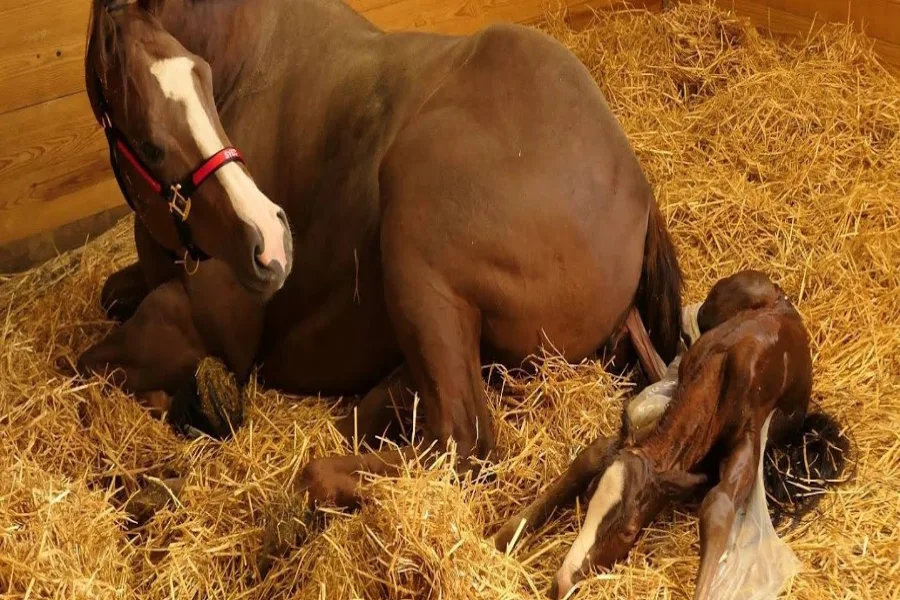
Emergencies
Of all the threats to horses during childbirth, one of the best-known complications is called “red bag” which happens during the second stage of labor, when the sac appears outside the birth canal.
In a normal kind of birth, the first thing that emerges is this white-looking amniotic sac that surrounds the foal. An intact membrane is usually inserted into a sac containing amniotic fluid, which is dark red if the placenta is partially or completely separated from the uterine wall. This is a serious condition in mares that can lead to the death of the foal if not managed well.
Factors Influence How Long Are Horses Pregnant For
Although we have answered the question of how long are horses pregnant, there are still a few other factors that affect the horse’s pregnancy that we need to consider.
Genetic factors
- Horse breed: Each horse breed has different reproductive characteristics, affecting pregnancy time, and number of offspring,…
- Reproductive history: Previous reproductive problems in the mother mare can affect subsequent pregnancies.
- Genetic makeup: Genetic problems can cause complications during pregnancy.
Health
- Illness: Infectious diseases, parasites, or chronic diseases can cause miscarriage or premature birth.
- Trauma: Physical trauma can harm the fetus or cause fertility problems.
- Stress levels: Excessive stress can affect endocrine systems and reduce fertility.
Environment
- Weather: Temperatures that are too high or too low can affect the health of pregnant horses.
- Air: Air pollution can cause respiratory problems and affect fetal development.
- Living environment: Cramped, unsanitary living conditions can increase the risk of disease and affect the pregnancy process.
Age of the horse
Horses that are too young or too old may have difficulty getting pregnant and breeding. Mares breeding too early can affect their body’s development and increase the risk of complications during childbirth. Older mares have a higher risk of miscarriage due to a decline in overall health.
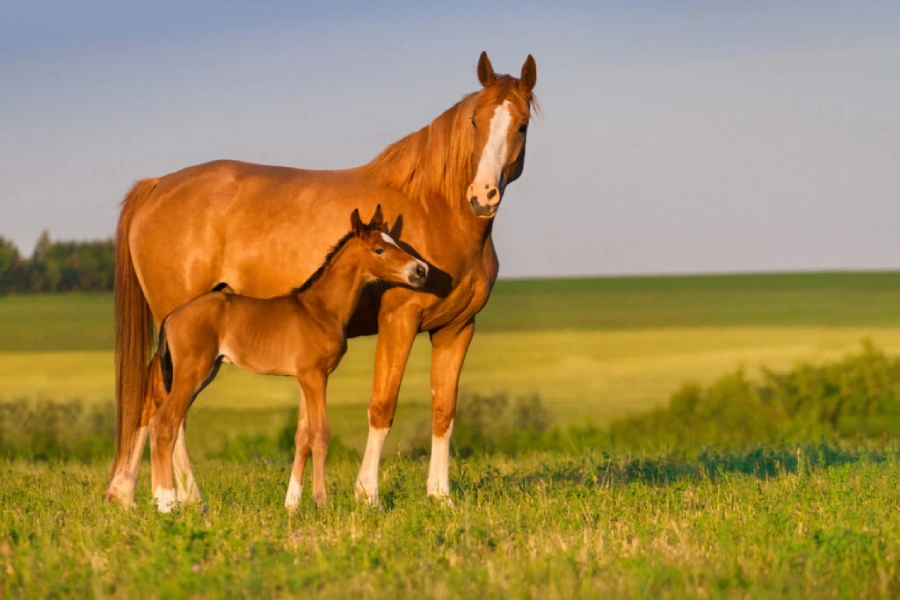
Final Thought
Mares that are pregnant for about 340 days (about 11 months) require appropriate diet, care, and environmental conditions during pregnancy and foaling to keep the foals healthy. Therefore, knowing the horse’s pregnancy process is very important in caring for the mare and receiving her foals. Hopefully, this article will help you answer the question “How long are horses pregnant for?”.

